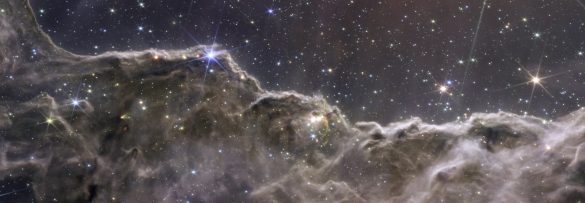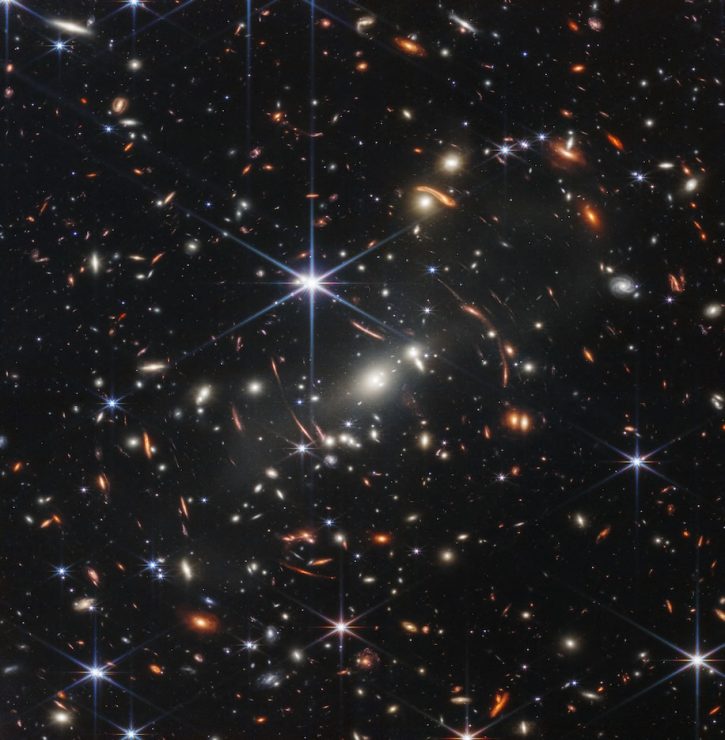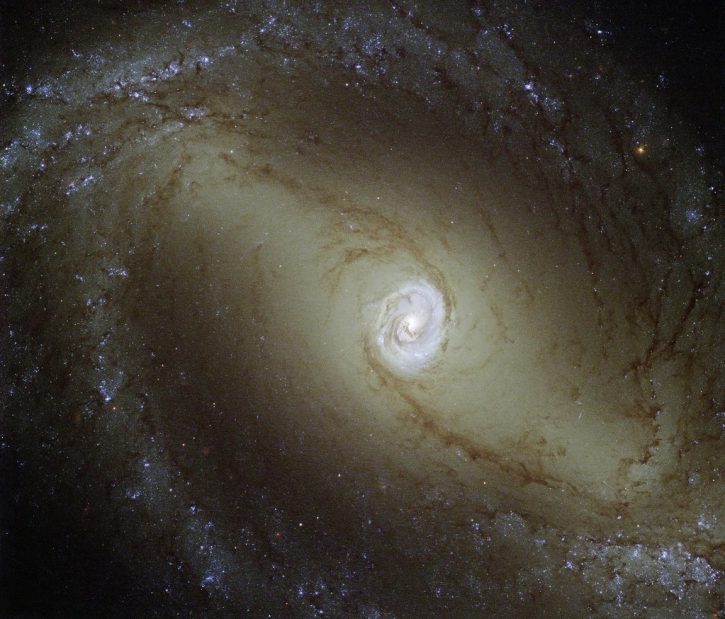Catching Up With The Future Past – A Personal Note

It is indeed possible there is advanced, complex, diverse, sentient and intelligent life elsewhere, but there might be nothing for extra-terrestrials to visit if we don’t learn to live with each other, live within nature’s means, and promote fair, just and stable societies globally for all.
As a boy I often used to follow Sir Patrick Moore’s TV series ‘Sky at Night’, who was one of the inspirations of a life time interest in astronomy with his fabulous Mitchell Beazley publication, forward by Sir Bernard Lovell in 1970, ‘Atlas of the Universe’ before the days of calculators, computers and the Internet – yes fancy! And Isaac Asimov became my preferred master of galactic fictional intrigue and stunning twists on space and time with the ‘Foundation Trilogy’ and ‘End of Eternity’.
I understand the school astronomical society I founded at Monmouth still meets today almost 50 years later. All those years ago I’d have my faithful 3-inch Greenkat refractor telescope out at night on the quad in front of School House, and the headmaster would jostle out from New beneath the stars and bellow, ‘Well George Ches, what are we looking at, any intelligent life up there tonight?’ ‘Stars but no aliens sir’ and sometimes ‘a planet’ or ‘odd comet’ I’d reply, he’d chuckle and request a peek himself.
One of the field trips I organised with our physics teacher was to the 250-foot Lovell radio telescope at Jodrell Bank in Cheshire, built in 1957, then the largest steerable dish in the world. Not for aliens like SETI, but to examine cosmic rays, meteoroids, pulsars, quasars and masers. It pioneered early work in gravitational lensing theorised by Albert Einstein, now used by the James Webb space telescope today, which has just begun its lifelong mission this year with a fleet of stunning pictures of the early universe in ever more detail than NASA’s 33-year-old Hubble telescope and window on time.

Giant Southern Cluster SMACS 0723: First pictures (deep field) of early universe from the new infrared James Webb Space Telescope Observatory orbiting the sun. Galaxies like dust from the beginning of time 13.8 billion years ago captured by gravitational lensing – NASA, ESA, CSA & STScI, 12.7.22
All this for me began in my earlier prep school days in East Sussex, visiting the 98-inch reflector Isaac Newton telescope built and opened in 1967 at the Old Royal Observatory in Herstmonceux, relocated 10 years earlier from Greenwich, London, where I once used to feed red squirrels on Saturday afternoons, after morning matinee, popcorn, ice cream or monkey nuts at the Odeon, all for less than a shilling. Then came the Apollo 11 landing on the moon in the summer of 1969 – Launched on 16 July and walking on the moon four days later (53 years ago this week).
I contemplate the possibilities still – Space, time from various angles, traveling among the stars, in time and of advanced, complex, diverse and intelligent life elsewhere. After all there’s an estimated 100-400 billion stars just in our own galaxy, most with exoplanets and a Goldilocks zone, and many far older than us at a mere 4.5 billion years, one third the age of our universe. There’s 100 billion other galaxies out there estimated from Hubble, that will likely double with James Webb on line. We won’t find ETs looking back in time at the early universe and other galaxies in between, too early and far away for contact or interstellar travel.
But an older solar system in the local spiral of our Milky Way (13.6 billion years old) – that is possible once we can establish after all the planetary forming hurdles of evolution, if advanced life is ubiquitous or rare. Laws of probability indicate there may be many, and far more technologically and socially advanced than us, but do they have a hyperdrive, have they found a way to travel through wormholes or bend space and time? It is only 5,000-10,000 years since we emerged from the last glacial period in hunting tribes across the planet, although a precious 4.5 billion years in the making. Already we teeter on the edge of climate change, nuclear annihilation, a rogue asteroid, mass solar ejection or just that common frailty of human civilisation – getting on with one another. What if we threw in another 4.5 billion years or two in either direction, what might we find? One thing for sure – none of us will be remotely around to know. But we can imagine with a few new and old tools at our disposal and a curious mind.

Spiral Galaxy NGC 1433, about 32 million light-years from Earth – REUTERS/ESA/Hubble/NASA
This takes me back and forth in time, a few more pieces for your pleasure:
- ‘Why we can’t rule out a visit from alien beings‘ by Sir Patrick Moore, BBC Sky at Night Magazine, 4 July 2022 (originally published in November 2009).
- Galaxies like dust from the beginning of time 13 billion years ago captured by gravitational lensing from the new infrared James Webb Space Telescope Observatory orbiting the sun – NASA unveils first images from James Webb Space Telescope, Washington Post, 12 July 2022.
- The Hubble Odyssey over 33 years – Space Odyssey: Stunning pictures for the Hubble Telescope, Reuters, 11 July 2022.
- The stunning universe we live in – Two experts break down the James Webb Space Telescopes’s first images, and explain what we’ve already learnt, The Conversation, 13 July 2022.
- Big Bang when space and time as we know it was created, not just gravity, energy, matter – Five questions about the Big Bang – answered! BBC Sky at Night Magazine, 28 June 2022.
- A Star is born – The James Webb Space Telescope.
- The Hubble Legacy – The Hubble Space Telescope. https://www.nasa.gov/mission_pages/hubble/main/index.html
- Do Not Go Gentle into that Good Night – Dylan Thomas, 1947 Villanelle narrated by Anthony Hopkins from the movie ‘Interstellar’:
- Crossing Eternity – 2017 poem and narration by Barddylbach.
- And just for the fun of it all – The Galaxy Song – Monty Python’s ‘The Meaning of Life’:
Like what we do at The AIMN?
You’ll like it even more knowing that your donation will help us to keep up the good fight.
Chuck in a few bucks and see just how far it goes!
Your contribution to help with the running costs of this site will be gratefully accepted.
You can donate through PayPal or credit card via the button below, or donate via bank transfer: BSB: 062500; A/c no: 10495969










14 comments
Login here Register here-
Harry Lime -
Michael Taylor -
Jon Chesterson -
RoadKillCafe -
Canguro -
Harry Lime -
Jon Chesterson -
RoadKillCafe -
RoadKillCafe -
Canguro -
Jon Chesterson -
Michael Taylor -
Canguro -
Michael Taylor
Return to home pageStunning, those images,Jon..reminds us just how infinitesimally insignificant we are.Look back 13 billion years,but are seemingly unable to look back a couple of millenia and absorb the lessons therein.If there are ALFS out there,they’ve probably had a look,and shaking their heads,moved on,possibly with the Galaxy Song on their portable cassette player,whilst searching for ‘paradox’ in the Oxford Dictionary.
The answer to every question we have about the universe and how to travel in it, so a prominent scientist recently said, was to start with one basic point: Everything in time and space is equal.
I wish I could get my head around it.
Too right Harry, our collective memory wanes after just a few weeks, doomed to repeat the same mistakes. ETs I’m pretty sure are moving on to the next planet or postponing the trip – We are a pre-warp civilisation, a highly ignorant antisocial unstable, poorly coordinated and destructive global society, not much to see here – subject to the Prime Directive or below the radar for meaningful first contact. If we can’t look after our own home and handle race, class and gender, we are not ready for extraterrestrial engagement. But they might like our music, poetry, arts and humour.
Hey Michael, so said the grey dwarf to the blackhole. Best not to get anywhere near it.
This planet is the insane asylum of the universe, we, the creatures, the patients, the fools, were admitted many lifetimes ago, to live life after life until we find sanity or complete the destruction of this world. We were given free will, make our own decisions, choose. Look around, insane fuckers, this is what we have achieved with our intelligence, our ideologies, our moral bankruptcy.
War, starvation, homelessness, greed, fuck you i’m alright, lies, hypocrisy and the destruction of our home.
Well fucking done, three cheers for us.
A succinct assessment, RoadKillCafe.
Even though I can bang on a bit when the fingers are on the keyboard, at heart I’m anti-prolixity.
Well done!
Link here to The Great Forgetting. Something foundational about that essay by Daniel Quinn that underpins your comment.
Jon, you mention music, poetry, arts and humour,all the things that right wing governments detest and defund.To which we might add education,unless it’s ideologically attuned.What they abhor most of all is imagination,can’t have people thinking for themselves.What we need right now is another Renaissance..banksters and bean counters need not apply.
Bring on the Renaissance 1.2 Imagination and social realisation. Yes Harry you are right, unless it makes a buck for them or put’s them in the lime light. I would have included science, but how good would our science look to an extraterrestrial who has skipped through a wormhole, has an an almost infinite renewable source of energy, mastered gravity, speed of light and time, has communion with the stars and evolved thousands if not millions of years beyond our current corporeal state. It’s amazing to us, but look what we do with it, imprison it with money and intellectual copyright, steal it, use it to destroy those around us, our world, detail the best of it for exclusive use of minorities, and elevate the elite. Sure there are many examples of putting it to good use, but we are a long way off those universal good habits. The trouble is those right wing bastards can’t or don’t think for themselves, they pay others pittance to do it for them – definition or trait of the elite. Oh boy, ET would sort them out, assuming they’d be benign to have survived that far, but then Darwin might not agree. We have a very good example of that from the Jurassic, aside from our own race in progress.
Canguro, thank you very much for the link, much to think on, I believe what has been said on this great forgetting, so obvious once brain has been shown new thoughts, one must think, consider and yes, for me, the author is right.
Thankyou, always learn something from your comments.
Canguro, another explanation for the great forgetting, perhaps.
If you have access to Spotify — Estas Tonne – Time of the Sixth Sun: Sacred Transmissions. An hour of your time, worth a listen and, who knows, could be the reality of it.
RKC, thank you for the pointer; now have a local copy of the ‘Time of the Sixth Sun 2020’ video and will watch in relatively short due course.
ASSESSING THE POSSIBILITIES IN OUR IMMEDIATE LOCATION OF THE GALAXY
The nearside of space and any intelligent life within it might soon be able to see us, and a few already. But we are only visible to a very few for two reasons – (1) Direct plane of sight while we transit our sun; and (2) Within 140 light years spitting distance, for any further away, our polluting activities post industrial revolution and later radio communications announcing our existence would not yet have reached them; but they might see that our planet is ripe for life and has been for millions of years. And of course James Webb and SETI are poised to see some of them too, now we have the methodology and means.
Makes me wonder, in our region, if then how more advanced that life might be – a few thousand, a million or a billion years or more – Our galaxy is estimated to be 13.6 billion years old, just 200 million years short of the beginning of our universe. As a species we have only been around for a few hundred thousand years even though we are the product of 4.5 billion years of planetary evolution, deaf and silent to the cosmos for almost all of it until the last 140 years – Not very long at all!
https://beyondtheworld.net/universe/aliens-on-1000-nearby-stars-could-see-us-new-study-suggests/
Jon, I’m one of those who believe we’ve already been visited.
Michael, catch the documentary The Phenomenon (2020) if you can. Interesting throughout, and extraordinarily so at 1:23 into, where it details the experiences of 60+ schoolchildren at the Ariel School in Ruwa in Zimbabwe in 1994, all of whom attested to the landing close to their schoolground of a spacecraft and the emergence of an ET – big head, big black eyes – these kids interviewed at the time, remarkable consistency in their stories, and re-interviewed nearly twenty years later; their stories unchanged, their experiences extraordinary; one child as close as a metre from the extraterrestrial being.
Hi Canguro, I’m very familiar with that incident, which also has parallels to the Westall school encounter in Melbourne, April 1966.
I haven’t seen The Phenomenon, but I’ve listened to a couple of podcasts with interviews with Jamie Fox and some of the now grownup children from Ariel. Riveting stuff.
I’ve seen Fox’s other two documentaries: I Know What I Saw and Out Of The Blue which were both great.